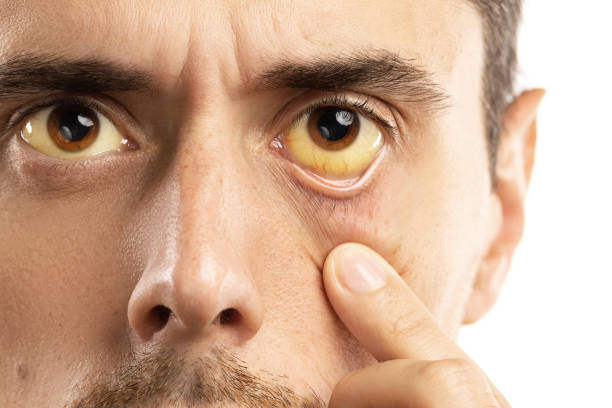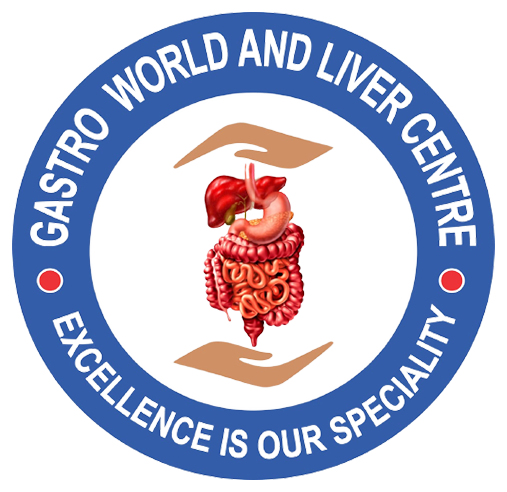Jaundice Or Hepatitis
Jaundice Or Hepatitis Doctor In Rewa (MP)

What is jaundice?
What causes jaundice?
Jaundice can be caused by a problem in any of the three phases in bilirubin production.
Before the production of bilirubin, you may have what’s called unconjugated jaundice due to increased levels of bilirubin caused by:
- Reabsorption of a large hematoma (a collection of clotted or partially clotted blood under the skin).
- Hemolytic anemias (blood cells are destroyed and removed from the bloodstream before their normal lifespan is over).
During production of bilirubin, jaundice can be caused by:
- Viruses, including Hepatitis A, chronic Hepatitis B and C, and Epstein-Barr virus infection (infectious mononucleosis).
- Alcohol.
- Autoimmune disorders.
- Rare genetic metabolic defects.
- Medicines, including acetaminophen toxicity, penicillins, oral contraceptives, chlorpromazine (Thorazine®) and estrogenic or anabolic steroids.
After bilirubin is produced, jaundice may be caused by obstruction (blockage) of the bile ducts from:
- Gallstones
- Inflammation (swelling) of the gallbladder
- Gallbladder cancer
- Pancreatic tumor
What are the symptoms of jaundice?
Sometimes, the person may not have symptoms of jaundice, and the condition may be found accidentally. The severity of symptoms depends on the underlying causes and how quickly or slowly the disease develops.
If you have a short-term case of jaundice (usually caused by infection), you may have the following symptoms and signs:
- Fever.
- Chills.
- Abdominal pain.
- Flu-like symptoms.
- Change in skin color.
- Dark-colored urine and/or clay-colored stool.
If jaundice isn’t caused by an infection, you may have symptoms such as weight loss or itchy skin (pruritus). If the jaundice is caused by pancreatic or biliary tract cancers, the most common symptom is abdominal pain. Sometimes, you may have jaundice occurring with liver disease if you have:
- Chronic hepatitis or inflammation of the liver.
- Pyoderma gangrenosum (a type of skin disease).
- Acute hepatitis A, B or C.
- Polyarthralgias (inflammation of the joints).
How is jaundice diagnosed?
Doctors diagnose jaundice by checking for signs of liver disease such as:
- Bruising of the skin
- Spider angiomas (abnormal collection of blood vessels near the surface of the skin)
- Palmar erythema (red coloration of the palms and fingertips)
Urinalysis (urine testing) that’s positive for bilirubin shows that the patient has conjugated jaundice. The findings of urinalysis should be confirmed by serum testing. The serum testing will include a complete blood count (CBC) and bilirubin levels.
Your doctor will also do an exam to determine the size and tenderness of your liver. He or she may use imaging (ultrasonography and computer tomographic (CT) scanning) and liver biopsy (taking a sample of the liver) to further confirm diagnosis.
Can jaundice be prevented?
Since there are many causes of jaundice, it’s hard to provide specific prevention measures. Some general tips include:
- Avoid hepatitis infection.
- Stay within recommended alcohol limits.
- Maintain a healthy weight.
- Manage your cholesterol.
What is the risk you'll develop jaundice?
During the production of bilirubin, middle-aged women and men, in general, are more affected. People who have hepatitis and drink excessive alcohol are also at increased risk.
How can we help you?
Contact us at the Gastro World & Liver Centre Rewa (MP) Or make an appointment online.
